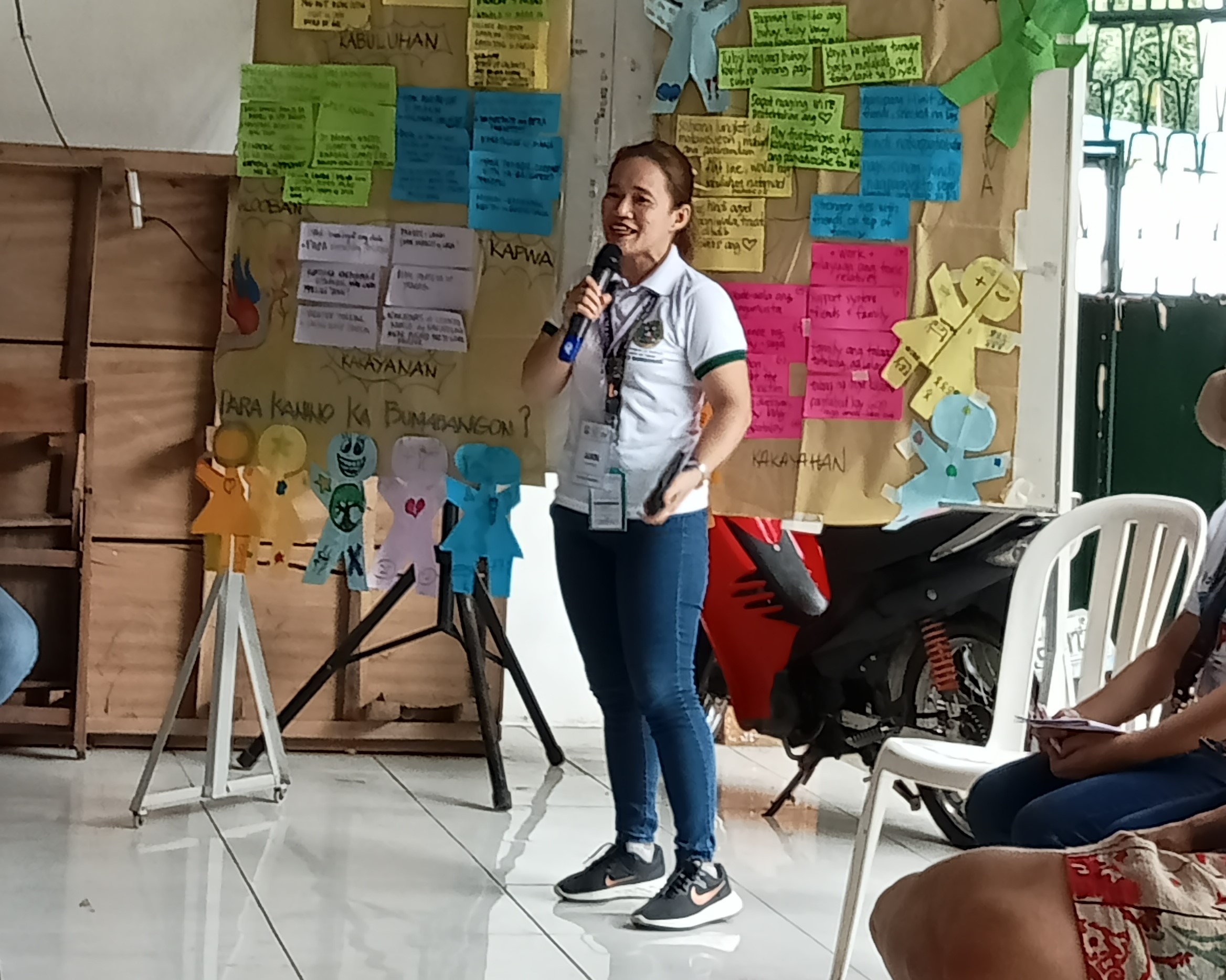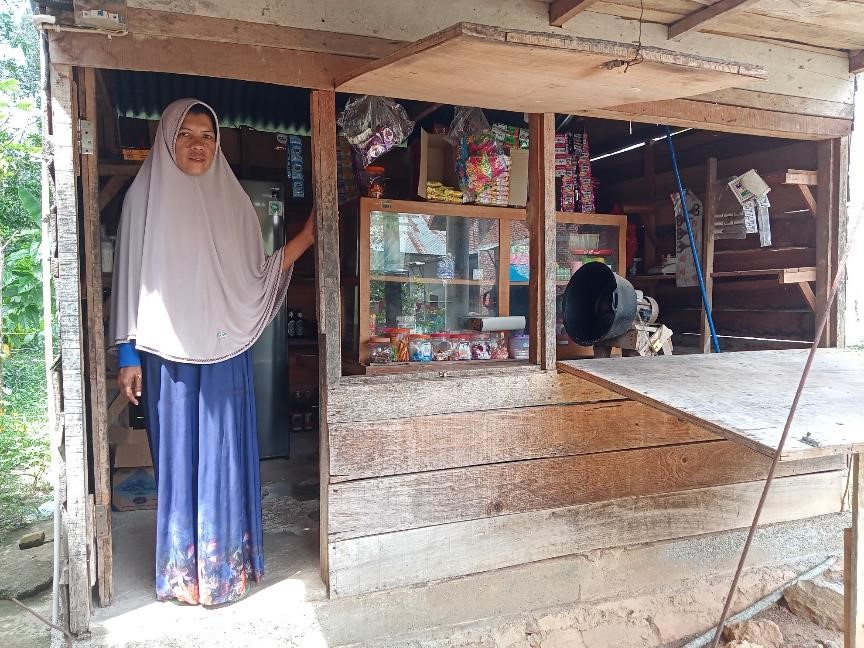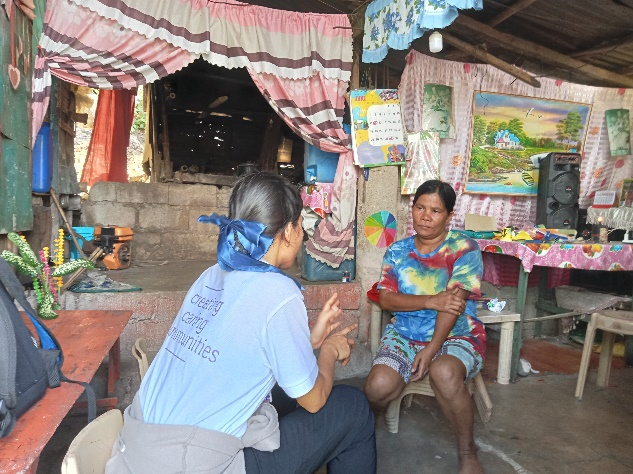Stories of Hope: Sahir
Stories | March 10, 2021 | Author: Sean Peters
In May 2020, the powerful Tropical Cyclone Amphan tore through Bangladesh and eastern India, tragically killing 118 people and causing more than A$18.6b damage.
Sahir Alam, a vision-impaired man from a village in Bangladesh, was one of many directly impacted by the disaster event.
“My house was damaged. I had a shop that I used to run with the help of my wife, which got damaged. I have not recovered from the loss. I think I will need another one to one-and-a-half years,” he said.
Sadly, Bangladesh has more than its fair share of natural hazards. In addition to cyclones, floods, droughts and earthquakes are common occurrences.
Sahir, who has lived with complete vision loss for close to a decade, says these disasters have a profound impact on people with disabilities in Bangladesh.
“The houses we live in get damaged, our income source gets damaged, trees and roads get damaged. These all result in difficulties in walking and movement for people with disabilities like me. We already cannot walk or move much in regular times, but after these damages, it becomes so difficult,” he said.
Research by the United Nations shows that people with disabilities are two to four times more likely to be killed in disaster events.
A separate global survey conducted in 137 countries found that 72 per cent of people with disabilities surveyed had no personal preparedness plan for disasters, and that more than 80 per cent of people with disabilities could face certain difficulty or be unable to evacuate in the event of a disaster.
Including people with disabilities in disaster planning and preparation – and ensuring their voices, opinions and experiences are heard – is a crucial way to create more inclusive and resilient communities.
Sahir is actively supporting this goal through his involvement with a local organisation of people with disabilities.
These groups ensure that people with disabilities are actively engaged in preparing for and responding to disasters, and also provide real-time updates when crisis looms.
“When a disaster comes, they notify us through mobile phone, come to our homes to physically notify us and even take people with disabilities with them to the cyclone shelter. For those who cannot hear, someone from their family lets them know the signals and weather situation. Food is arranged for the people who take shelter there.
“As a result of a disaster-management project that is ongoing, we people with disabilities get training from the self-help organisation, and share our thoughts on disaster and disaster management in our group meetings. This sharing, which includes our suffering in disasters also, has benefited us very much.”
Being involved in these groups has given Sahir the confidence that people with disabilities will not be left behind the next time a disaster strikes and increased his overall sense of self-worth.
“If we work with non-disabled people, we will never be a burden to society. I can show my skill and roam around happily in my community, live life with dignity.”
Read more stories and reflections in our Prepared to Hope series.
CBM acknowledges the support of the Australian Government through the Australian NGO Cooperation Program (ANCP).
https://www.cbm.org.au/stories/stories-of-hope-sahir
Related Stories

A Light of Hope
Content Warning: The story in this letter refers to suicide, which may be distressing for some readers. If you or someone you know is in need of support, please...

Small Business, Big Impact: supporting mental health in Indonesia
Work is a big part of our lives. Not...

A Resilient Woman
Margie, a mother of seven, is a daycare worker in a small coastal village in the Philippines. A few years ago, Margie was diagnosed with a mental health condition after...
